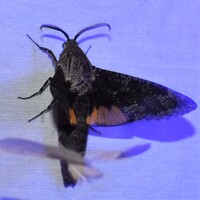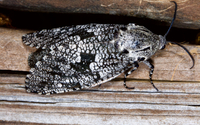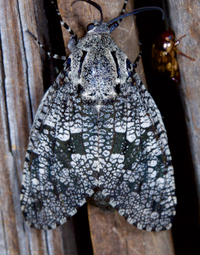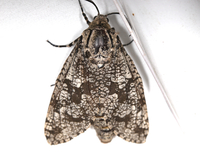
| Recorded by: Jim Petranka on 2025-06-20
Madison Co.
Comment: | 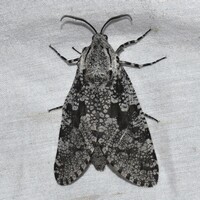
| Recorded by: Jeff Niznik, David George, Larry Chen, Sarah Toner, Joye Zhou on 2025-06-20
Richmond Co.
Comment: |
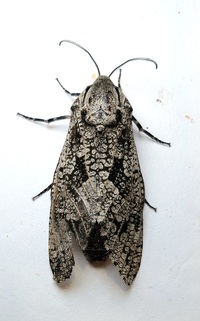
| Recorded by: Mark Basinger on 2025-05-03
Brunswick Co.
Comment: | 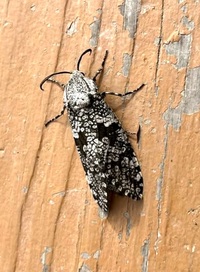
| Recorded by: Giuseppi Betta on 2025-04-23
Anson Co.
Comment: |
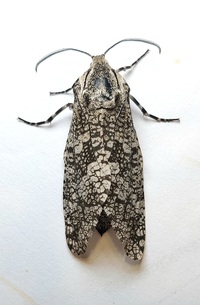
| Recorded by: Mark Basinger on 2025-04-19
Brunswick Co.
Comment: | 
| Recorded by: Mark Basinger on 2025-04-19
Brunswick Co.
Comment: |

| Recorded by: Jeff Niznik on 2025-04-19
Orange Co.
Comment: | 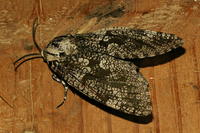
| Recorded by: Owen McConnell on 2024-06-28
Graham Co.
Comment: |
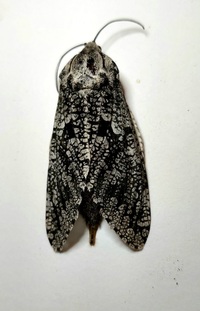
| Recorded by: Mark Basinger on 2024-06-24
Yancey Co.
Comment: | 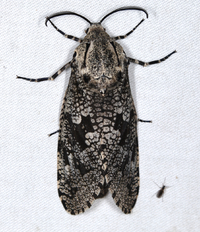
| Recorded by: Jim Petranka on 2024-06-10
Madison Co.
Comment: |
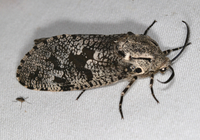
| Recorded by: Jim Petranka on 2024-06-10
Madison Co.
Comment: | 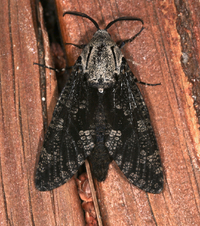
| Recorded by: Jim Petranka on 2024-06-06
Madison Co.
Comment: |
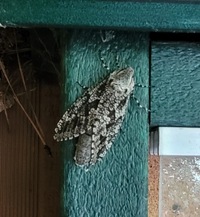
| Recorded by: Michael P. Morales on 2024-05-31
Cumberland Co.
Comment: | 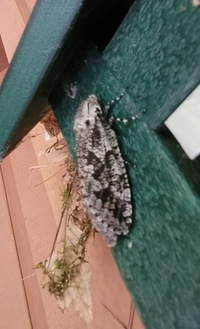
| Recorded by: Michael P. Morales on 2024-05-31
Cumberland Co.
Comment: |
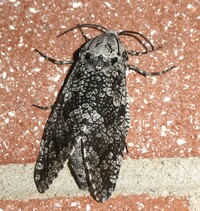
| Recorded by: Simpson Eason on 2024-05-28
Durham Co.
Comment: | 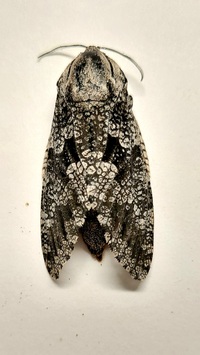
| Recorded by: Mark Basinger on 2024-05-22
Wilson Co.
Comment: |
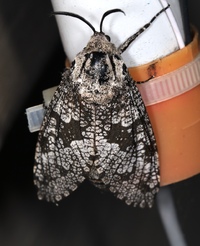
| Recorded by: Jim Petranka on 2024-05-20
Madison Co.
Comment: | 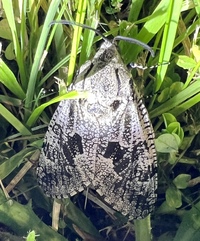
| Recorded by: Stephen Dunn on 2024-05-20
Orange Co.
Comment: |
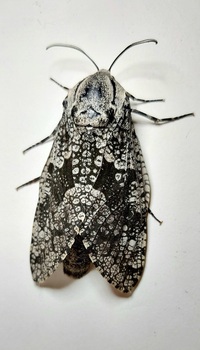
| Recorded by: Mark Basinger on 2024-05-19
Rowan Co.
Comment: | 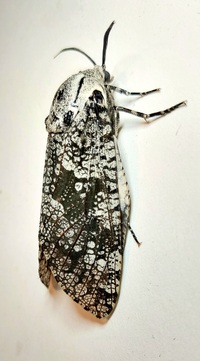
| Recorded by: Mark Basinger on 2024-05-19
Rowan Co.
Comment: |
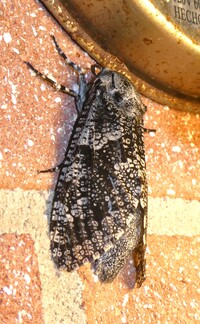
| Recorded by: Simpson Eason on 2024-05-17
Durham Co.
Comment: | 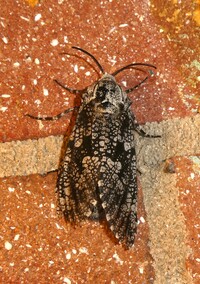
| Recorded by: Simpson Eason on 2024-04-19
Durham Co.
Comment: |
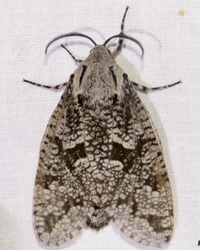
| Recorded by: tom ward on 2023-07-11
Buncombe Co.
Comment: | 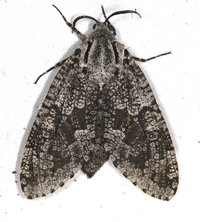
| Recorded by: Jim Petranka on 2023-07-03
Madison Co.
Comment: |
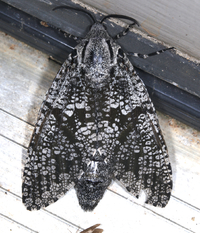
| Recorded by: Jim Petranka on 2023-06-28
Madison Co.
Comment: | 
| Recorded by: L. Knepp on 2023-06-21
Surry Co.
Comment: |
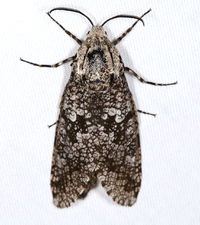
| Recorded by: Jim Petranka on 2023-06-06
Madison Co.
Comment: | 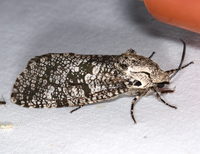
| Recorded by: Jim Petranka on 2023-06-05
Madison Co.
Comment: |
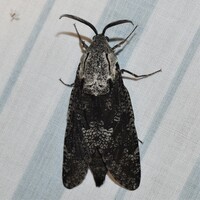
| Recorded by: David George, Stephen Dunn, Jeff Niznik on 2023-06-03
Orange Co.
Comment: | 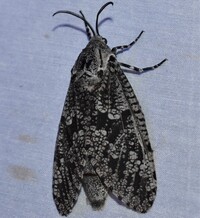
| Recorded by: David George, Jeff Niznik on 2023-05-17
Chatham Co.
Comment: |
|

 »
»